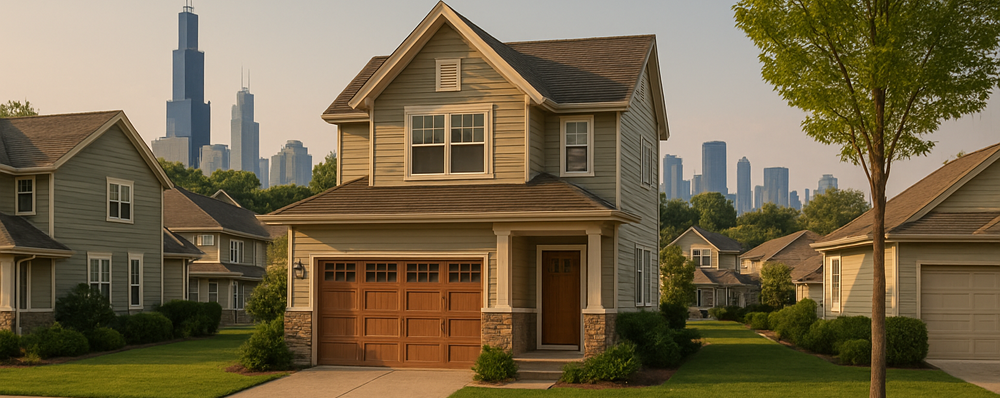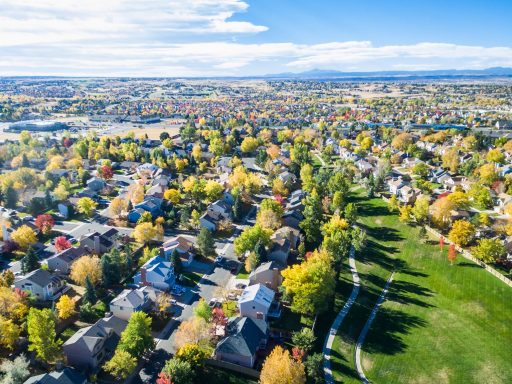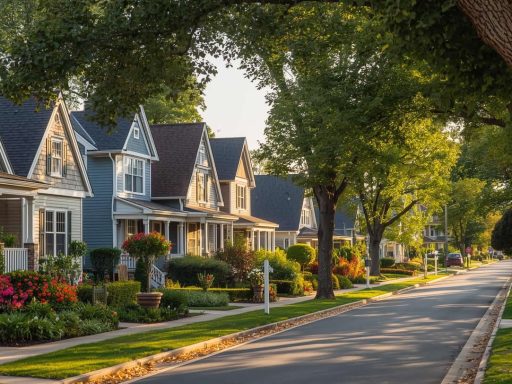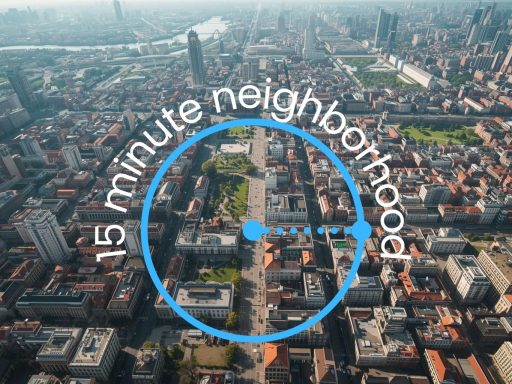The Neighborhood Factor
When it comes to buying a home, the age-old advice has always been about location, location, location. While property size, design, and features play an important role, the surrounding neighborhood ultimately shapes daily life. It determines how safe you feel, how convenient your routines are, and how connected you become to the community around you. Today, choosing the right neighborhood is not just a smart consideration—it is a critical factor that can influence happiness, security, and even long-term financial stability.
The way people evaluate neighborhoods has changed drastically over the years. In the past, decisions were made based on word-of-mouth, occasional drive-throughs, or surface-level statistics. Now, with technology and hyperlocal data at our fingertips, buyers can look beyond the surface to truly understand the character and dynamics of an area before making a commitment. In a world where lifestyles, work patterns, and even safety concerns have evolved, choosing the right neighborhood has never been more important.
The Impact of Neighborhoods on Daily Life
A home is not an island. The community around it determines much of the day-to-day experience. Imagine living in a beautiful house but spending hours in traffic every day because of poor transit access. Or buying a property with a great backyard but realizing later that the nearest grocery store is miles away. These inconveniences can quickly overshadow the appeal of the home itself.

Neighborhoods affect more than just logistics. They influence the rhythm of life. A quiet, tree-lined area might be perfect for retirees, while a vibrant, walkable community may be ideal for young professionals. Families often prioritize access to parks and good schools, while others may value proximity to restaurants and cultural hotspots. Choosing a neighborhood that matches your lifestyle ensures that your surroundings complement, rather than complicate, your daily routine.
Why Safety Is Non-Negotiable
Safety has always been a top concern for homeowners, and in today’s world, it remains a key deciding factor. The perception of safety influences how comfortable residents feel going for evening walks, letting children play outside, or simply relaxing in their own yard. Beyond personal comfort, crime rates directly affect property values and long-term investment potential.
Thanks to data-driven tools, understanding neighborhood safety has become easier and more accurate. Instead of relying solely on anecdotal reports or outdated statistics, buyers can now access hyperlocal crime data that reveals what is really happening in the immediate area around a property – even within a 1-mile radius! This deeper insight empowers individuals to make choices that align with their comfort levels and security expectations.
The Role of Schools and Education
For families, schools are often a make-or-break factor when selecting a neighborhood. The quality of nearby schools not only affects children’s education but also influences property values. Homes in areas with highly rated schools tend to hold their value better and sell faster. Even buyers without children often consider school quality as an important metric because of its impact on the neighborhood’s overall desirability.
Modern buyers can now analyze school data in detail, from proficiency ratings to proximity. This enables them to understand whether an area meets their expectations for educational opportunities without relying solely on reputation or word-of-mouth.
Community and Lifestyle: More Than Just a House
A neighborhood’s character is shaped by the people who live there, the amenities it offers, and the overall vibe it creates. Some communities are bustling with events, farmers markets, and social gatherings, while others are quiet retreats. The choice between these environments comes down to personal preference, but the impact on daily life is significant.

Lifestyle factors such as walkability, access to public spaces, dining options, and entertainment venues can dramatically enhance the experience of living in a certain area. Similarly, areas with a strong sense of community often create a feeling of belonging that cannot be replicated by property features alone. When a neighborhood aligns with your personality and values, it transforms a house into a true home.
Economic Stability and Future Growth
Choosing the right neighborhood is not just about the present—it is also about the future. Economic conditions within an area, such as household income levels, employment rates, and housing trends, are strong indicators of stability and growth potential. A thriving local economy often translates to well-maintained properties, increasing home values, and new amenities being developed. Conversely, areas facing economic challenges may experience declining property values and reduced investment in infrastructure.
For buyers who view their home as both a personal haven and a financial investment, evaluating the economic health of a neighborhood is crucial. Hyperlocal data now makes it possible to see beyond general citywide statistics and focus on what is happening within a small radius of a specific property.
Why Convenience Matters More Than Ever
In our fast-paced world, convenience is a commodity. Proximity to daily essentials like grocery stores, transit stops, health care facilities, and workplaces can significantly improve quality of life. Long commutes, lack of nearby services, and poor accessibility can quickly become sources of frustration.
Choosing a neighborhood that minimizes travel time and maximizes access to important amenities can lead to a more balanced lifestyle. Whether it’s being able to walk to a coffee shop on Saturday mornings or having a hospital just minutes away, these conveniences enhance both comfort and peace of mind.
Technology and the Rise of Hyperlocal Insights
The good news for today’s buyers is that they no longer have to rely on guesswork. Technology has transformed the way neighborhoods are evaluated. Tools like Local Insights leverage over 300 hyperlocal data points to create a detailed, easy-to-understand snapshot of any address. These insights go beyond what a listing shows, revealing crime trends, demographics, amenities, school quality, housing conditions, and more—all within a small radius around the property.
Hyperlocal data gives buyers a clear understanding of what life would actually be like in a new area. This level of transparency not only saves time but also helps prevent costly mistakes. When you know the true story of a neighborhood, you can move forward with confidence.
Why It Matters Now More Than Ever
The world has changed, and so have buyer priorities. Remote work, shifting demographics, and increased mobility have altered the way people choose where to live. Buyers are no longer just looking for a house—they are looking for a lifestyle, a community, and a sense of belonging. With so many options available, the right neighborhood is the key to long-term satisfaction.
Additionally, the stakes are higher than ever. Housing prices have risen in many areas, making the decision to buy a home a significant financial commitment. The wrong choice can lead to regret, while the right neighborhood can enhance both personal happiness and investment returns. In this environment, having access to reliable, detailed information is not just helpful—it is essential.
Making the Smart Move
Choosing the right neighborhood is about much more than checking boxes on a list. It is about finding a place that aligns with your lifestyle, meets your needs, and offers a sense of security and growth. From safety and schools to amenities and economic health, every aspect of a neighborhood plays a role in shaping your daily experience and long-term satisfaction.
Today’s buyers have an advantage previous generations did not: the ability to access detailed, hyperlocal insights with just a few clicks. This data empowers them to make decisions based on facts rather than assumptions, turning the stressful process of buying a home into an informed and confident journey.
Ultimately, a house is only as good as the neighborhood around it. With the right tools and the right information, you can find a place where both the home and the community feel like the perfect fit. In a world full of choices, choosing the right neighborhood matters now more than ever.






